The 50-mile Houston Ship Channel is a manmade port for ocean-going vessels, stretching from the Gulf of Mexico to Houston and Harris County, Texas.
1987
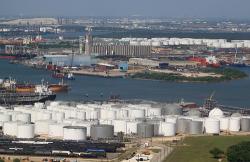

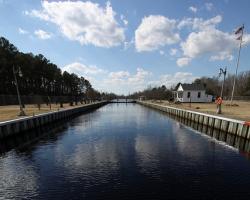
The Dismal Swamp Canal was created as a 22-mile waterway, extending from Deep Creek, Virginia to South Mills, North Carolina. The canal enabled North Carolina producers of building and agricultural products to deliver goods to the Port of Norfolk where they were transferred to ocean-going vessels.
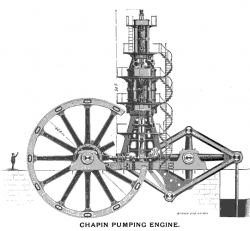
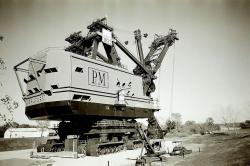
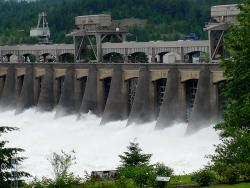
The Bonneville Dam, Columbia River Power and Navigation System consists of 55 major projects on Oregon's Columbia River and is said to be the largest hydroelectric system in the world.
The Columbia River forms part of the border between Washington and Oregon and flows inland through the only waterway that crosses the Cascade Mountains. To harness the energy of the ninth longest river in North America, engineers developed unique design and construction approaches to overcome problems caused by depth of water, current velocity, and an irregularly-shaped river bottom.
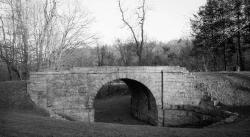
In an era when roads and canals were the most common means of overland transportation, the Allegheny Portage Railroad provided a novel alternative. The railway carried fully-loaded canal boats over the steep grades of the Allegheny Mountain. The 36-mile system rose almost 2,300 feet above sea level at its summit - the highest level to which canal boats had ever been carried. The project included ten double-tracked inclined planes, powered by steam engines. Its 900-foot Staple Bend Tunnel, cut from solid rock, was the first railroad tunnel constructed in America.
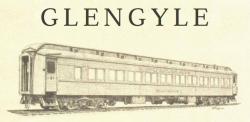
The Glengyle is the earliest known survivor of the fleet of heavyweight, all-steel sleepers built by Pullman Company. The design was introduced in 1907 as a marked improvement over the wooden version then in use. Some 10,000 were built, in various configurations, the last in 1931. The Glengyle is original in its interior and most of its components.


